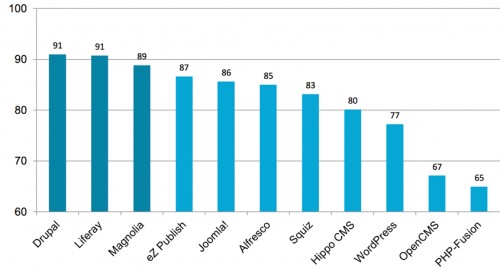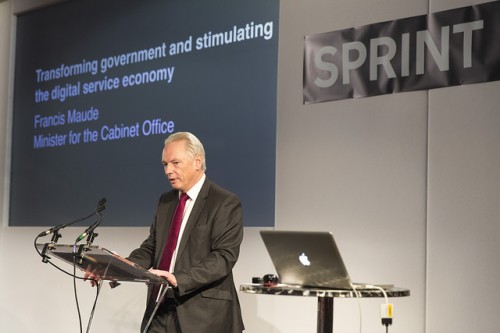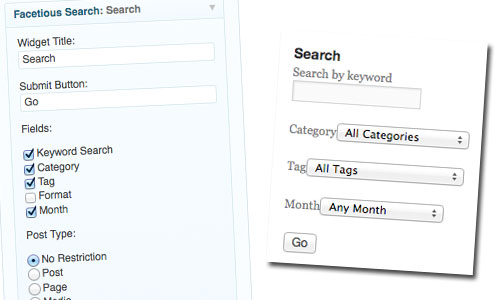Regular readers will know the pivotal role played by the Wales Office in recent gov-web history. In 2007, they took the then-radical step of moving their corporate web presence into an open-source web publishing platform, namely WordPress. Nobody died. A point was proven. From there, to Downing Street, to Defra, to Transport, to Health… etc etc.
We started out with two completely separate ‘single site’ installs: WordPress MU didn’t seem quite stable enough. But since 2010, they’ve been running a WordPress 3.x multisite – containing both their English and Welsh language sites, archived copies of their complete pre-2010 content, and more recently, the (bilingual) Commission on Devolution in Wales site. All fairly modest in traffic terms, but punching far above their weight (and pricetag) in terms of functionality.
For some time, we’ve been trying to perusade the Wales Office team to change hosting provider. Getting any serious systems admin work done – including, I’m ashamed to admit, WordPress upgrades – was almost impossible with the legacy hosting company. The market price for hosting had crashed, but their hosting bill hadn’t. And to be quite blunt, they were getting a minimal level of service.
Our first step, early this summer, was to liberate the DNS. As with a lot of websites, the domain name info was held by the hosting company. Two eggs in the one basket. By taking the DNS to a third party, it gave us the freedom to move the sites at a time of our choosing – and the hosting company couldn’t really do anything about it. Would they have been deliberately obstructive? Probably not, no moreso than usual. But ‘usual’ was precisely why we wanted to move.
Step two was to buy some new hosting space. And courtesy of GCloud (v1), this part was unexpectedly straightforward. In CatN, we found a hosting provider offering an appropriate level of service, with the kind of access and support we expected, for a tiny fraction of the cost.
Step three was migration. Assisted by regular partner-in-crime John Blackbourn, we did a number of dry runs, zipping up the entire WordPress installation – database and uploaded files – and transferring it to its new home. Not as straightforward as it probably sounds, given the relative inaccessibility of the incumbent server… but we found a way. One or two rules may have been broken, at least in spirit, along the way. And I’m very glad I’m on an unlimited broadband contract.
Today was step four. We implemented a content freeze at 9am, migrated everything one last time…. and by lunchtime, we had everything up and running at CatN. At 2.30pm, the DNS changes began – some by us, some done on our behalf. (Thanks again to you-know-who-you-are.) With some having very low TTLs, we could see the changes starting to kick in almost immediately. With others, we had to wait an hour or two. But by 4 o’clock, it was done. And with the freeze unfrozen, there was even time for a new press release before going-home time.
No downtime, and no loss of data. Massive performance improvements, at massive cost savings. At long last, a fully up-to-date install. And best of all? If we hadn’t told them we were doing it, I doubt they’d even have noticed it happening.



